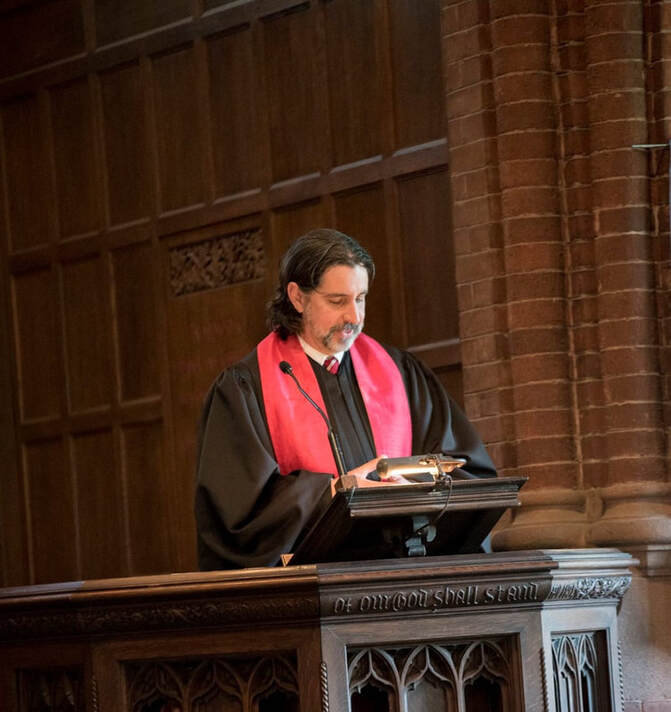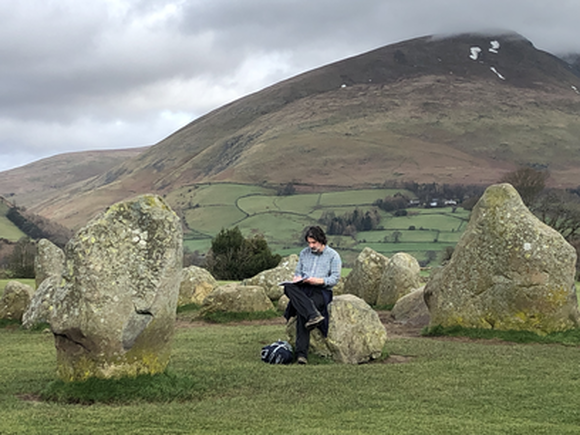Welcome to my professional web page. I am a parish minister based at The Eliot Church in Natick, Massachusetts. I preach, officiate rites of passage, and maintain active ministries in walking, music, and roleplaying games. I also write about these things. This page is constantly being updated and more content added.
Right now, you can find the centerpiece of my weblog: Sabbath Walks. This reflects a multi-year project of finding spiritual sustenance in nature. During that time, I hiked all over New England and a little bit in Scotland as well. Mostly it is about hiking and mountain climbing. However, there are other posts in there as well.
I also have a small page about Worship. Both organized and informal worship are a big part of my life. There is more about that part of my ministry at the Eliot Church page as well. Please feel free to explore!
Right now, you can find the centerpiece of my weblog: Sabbath Walks. This reflects a multi-year project of finding spiritual sustenance in nature. During that time, I hiked all over New England and a little bit in Scotland as well. Mostly it is about hiking and mountain climbing. However, there are other posts in there as well.
I also have a small page about Worship. Both organized and informal worship are a big part of my life. There is more about that part of my ministry at the Eliot Church page as well. Please feel free to explore!

